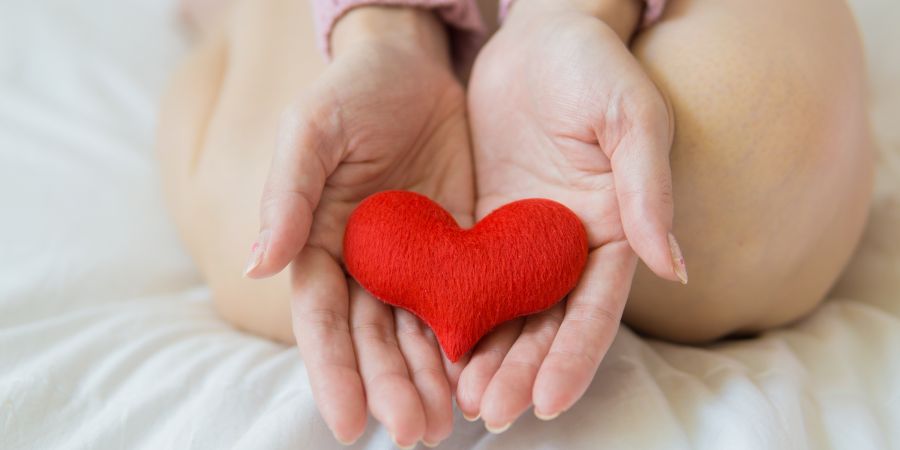The Heart And Its Features
Your heart is the main organ of your cardiovascular system, a network of blood vessels that pumps blood throughout your body. It also works with other body systems to control your heart rate and blood pressure. Your family history, personal health history and lifestyle all affect how well your heart works.What is the heart?
The heart is a fist-sized organ that pumps blood throughout your body. It's the primary organ of your circulatory system.
Your heart contains four main sections (chambers) made of muscle and powered by electrical impulses. Your brain and nervous system direct your heart’s functionWhat is the heart’s function?
Your heart’s main function is to move blood throughout your body. Your heart also:
- Controls the rhythm and speed of your heart rate.
- Maintains your blood pressure.How does your heart work with other organs?
Your heart works with other body systems to control your heart rate and other body functions. The primary systems are:
- Nervous system: Your nervous system helps control your heart rate. It sends signals that tell your heart to beat slower during rest and faster during stress.
- Endocrine system: Your endocrine system sends out hormones. These hormones tell your blood vessels to constrict or relax, which affects your blood pressure. Hormones from your thyroid gland can also tell your heart to beat faster or slower.Where is your heart located?
Your heart is located in the front of your chest. It sits slightly behind and to the left of your sternum (breastbone). Your ribcage protects your heart.Heart chambers
Your heart is divided into four chambers. You have two chambers on the top (atrium, plural atria) and two on the bottom (ventricles), one on each side of the heart.
- Right atrium: Two large veins deliver oxygen-poor blood to your right atrium. The superior vena cava carries blood from your upper body. The inferior vena cava brings blood from the lower body. Then the right atrium pumps the blood to your right ventricle.
- Right ventricle: The lower right chamber pumps the oxygen-poor blood to your lungs through the pulmonary artery. The lungs reload blood with oxygen.
- Left atrium: After the lungs fill blood with oxygen, the pulmonary veins carry the blood to the left atrium. This upper chamber pumps the blood to your left ventricle.
- Left ventricle: The left ventricle is slightly larger than the right. It pumps oxygen-rich blood to the rest of your body.Heart valves
Your heart valves are like doors between your heart chambers. They open and close to allow blood to flow through.
The atrioventricular (AV) valves open between your upper and lower heart chambers. They include:
- Tricuspid valve: Door between your right atrium and right ventricle.
- Mitral valve: Door between your left atrium and left ventricle.
Semilunar (SL) valves open when blood flows out of your ventricles. They include:
- Aortic valve: Opens when blood flows out of your left ventricle to your aorta (artery that carries oxygen-rich blood to your body).
- Pulmonary valve: Opens when blood flows from your right ventricle to your pulmonary arteries (the only arteries that carry oxygen-poor blood to your lungs).Blood vessels
Your heart pumps blood through three types of blood vessels:
- Arteries carry oxygen-rich blood from your heart to your body’s tissues. The exception is your pulmonary arteries, which go to your lungs.
- Veins carry oxygen-poor blood back to your heart.
- Capillaries are small blood vessels where your body exchanges oxygen-rich and oxygen-poor blood.
Your heart receives nutrients through a network of coronary arteries. These arteries run along your heart’s surface. They serve the heart itself.
- Left coronary artery: Divides into two branches (the circumflex artery and the left anterior descending artery).
- Circumflex artery: Supplies blood to the left atrium and the side and back of the left ventricle.
- Left anterior descending artery (LAD): Supplies blood to the front and bottom of the left ventricle and the front of the septum.
- Right coronary artery (RCA): Supplies blood to the right atrium, right ventricle, bottom portion of the left ventricle and back of the septum.


